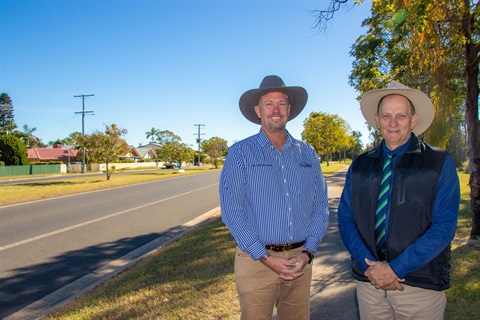Aboriginal people have lived across Victoria for thousands of generations. As a result there are places and sites across both public and private land that hold strong cultural significance to Aboriginal people.
They are part of our shared history and future in Victoria.

CFA’s Aboriginal Cultural Heritage Officer, Michael Sherwen
These sites are referred to Aboriginal Cultural Heritage places. They could be places where Aboriginal people were buried, born or lived for generations, and they often hold social, spiritual and ceremonial significance.
Examples of Aboriginal cultural heritage can range from small objects such as stone artefacts to large built structures such as ancient eel traps and stone houses.
The oldest known ground-edge stone axe in the world was recently found in carpenter’s Gap in the Kimberley in Northern Australia and has been dated to around 49,000 years old – stone axes weren’t used by people in most other countries around the world until farming was introduced about 10,000 years ago!
Scarred trees are another well-known example of Aboriginal cultural heritage where the scar, usually the shape of an elongated oval, was the result of people making objects such as shields, canoes and coolamons. Sometimes a whole area could be a significant site, such as a large stone arrangement.
Cultural artefacts such as stone axes and flaked tools may be found across Victoria and are all protected under Victorian law. The Aboriginal Heritage Act 2006 (and 2016 amendment) provides protection for all Aboriginal places, objects and human remains in Victoria.
CFA has an important role to play in protecting Aboriginal cultural heritage. With heavy trucks and machinery involved in suppression and fuel management activities, education is important so that our people know what has heritage value and how to avoid harm.
We also have a role to play in the protection of new sites. As recently as February 2019 a significant yet unknown site of Aboriginal cultural heritage was discovered by a CFA member who was working on a bushfire rehabilitation project in the North East region. It’s a powerful demonstration of the power of knowing what to look for, and how CFA can take an active role in its protection.








